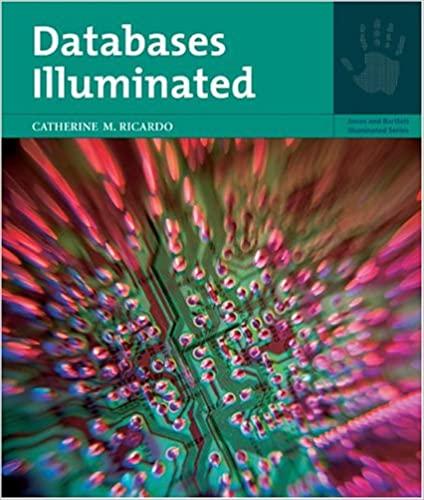Question
1 First, to build the neural network model, Matrix is asked to partition the dataset into a training, validation, and test set. (a) What is
1 First, to build the neural network model, Matrix is asked to partition the dataset into a training, validation, and test set. (a) What is the difference between the three sets? (b) What should be, to your opinion, the best ratio of partitioning and why so? (c) What would happen if the dataset is split into equally-sized training, validation, and test sets? (d) Is the given dataset balanced or imbalanced? Please explain.
5.2 Given that the number of epochs is fixed to a maximum of 200, Matrix has the choice to either use a small or a large number of epochs. At first, he decides to use 5 epochs and realizes that his network model underfits. In a next step, he changes the number of epochs to 195 and realizes 8 that his model overfits. He goes back to Professor Perceptron, who gives him the suggestion to make use of early stopping. (a) What is the idea behind early stopping? (b) How is early stopping relevant to our task of predicting donor splice sites during training?
5.3 After evaluating the model, Matrix notices that there is a large number of false negatives. He therefore readjusts the parameters of his model, re-trains the model, and this time, there is a very large number of false positives. (a) How would you explain the metrics precision and recall with respect to the number of false negatives and false positives in the context of donor splice site prediction?
Step by Step Solution
There are 3 Steps involved in it
Step: 1

Get Instant Access to Expert-Tailored Solutions
See step-by-step solutions with expert insights and AI powered tools for academic success
Step: 2

Step: 3

Ace Your Homework with AI
Get the answers you need in no time with our AI-driven, step-by-step assistance
Get Started


